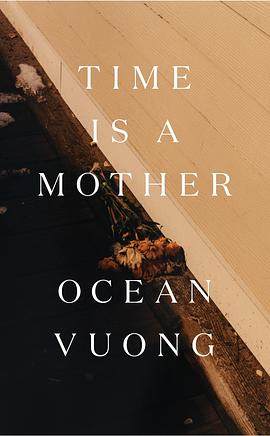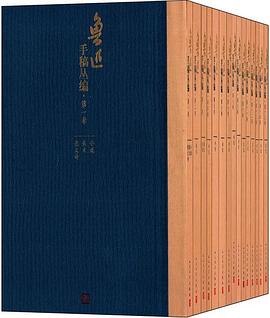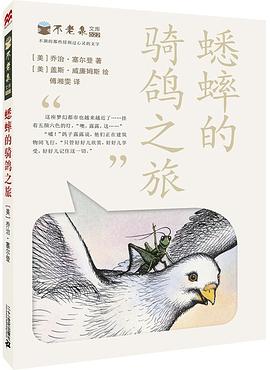Anyuan
内容简介
How do we explain the surprising trajectory of the Chinese Communist revolution? Why has it taken such a different route from its Russian prototype? An answer, Elizabeth Perry suggests, lies in the Chinese Communists' creative development and deployment of cultural resources - during their revolutionary rise to power and afterwards. Skillful "cultural positioning" and "cultural patronage," on the part of Mao Zedong, his comrades and successors, helped to construct a polity in which a once alien Communist system came to be accepted as familiarly "Chinese." Perry traces this process through a case study of the Anyuan coal mine, a place where Mao and other early leaders of the Chinese Communist Party mobilized an influential labor movement at the beginning of their revolution, and whose history later became a touchstone of "political correctness" in the People's Republic of China. Once known as "China's Little Moscow," Anyuan came over time to symbolize a distinctively Chinese revolutionary tradition. Yet the meanings of that tradition remain highly contested, as contemporary Chinese debate their revolutionary past in search of a new political future.
......(更多)
作者简介
Elizabeth Perry is Henry Rosovsky Professor of Government at Harvard University and Director of the Harvard-Yenching Institute. She is the author of many books, most recently: Mao's Invisible Hand: The Political Foundations of Adaptive Governance in China and Patrolling the Revolution: Worker Militias, Citizenship and the Modern Chinese State.
......(更多)
目录
......(更多)
读书文摘
後來成爲中國著名藝術家的國畫家和書法家范曾被安排繪製一套漫畫來嘲諷劉少奇在安源的所作所爲,其中有一幅漫畫描繪劉少奇與當地秘密會社頭子喝血酒結盟的情節。此畫與史實並不相符,事實上舉行儀式的真正主角李立三被作者換掉了。
......(更多)






